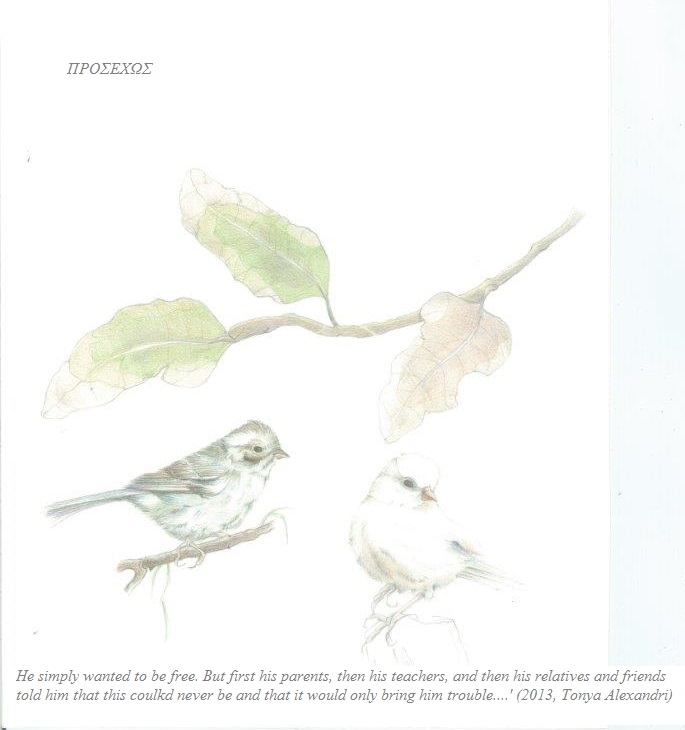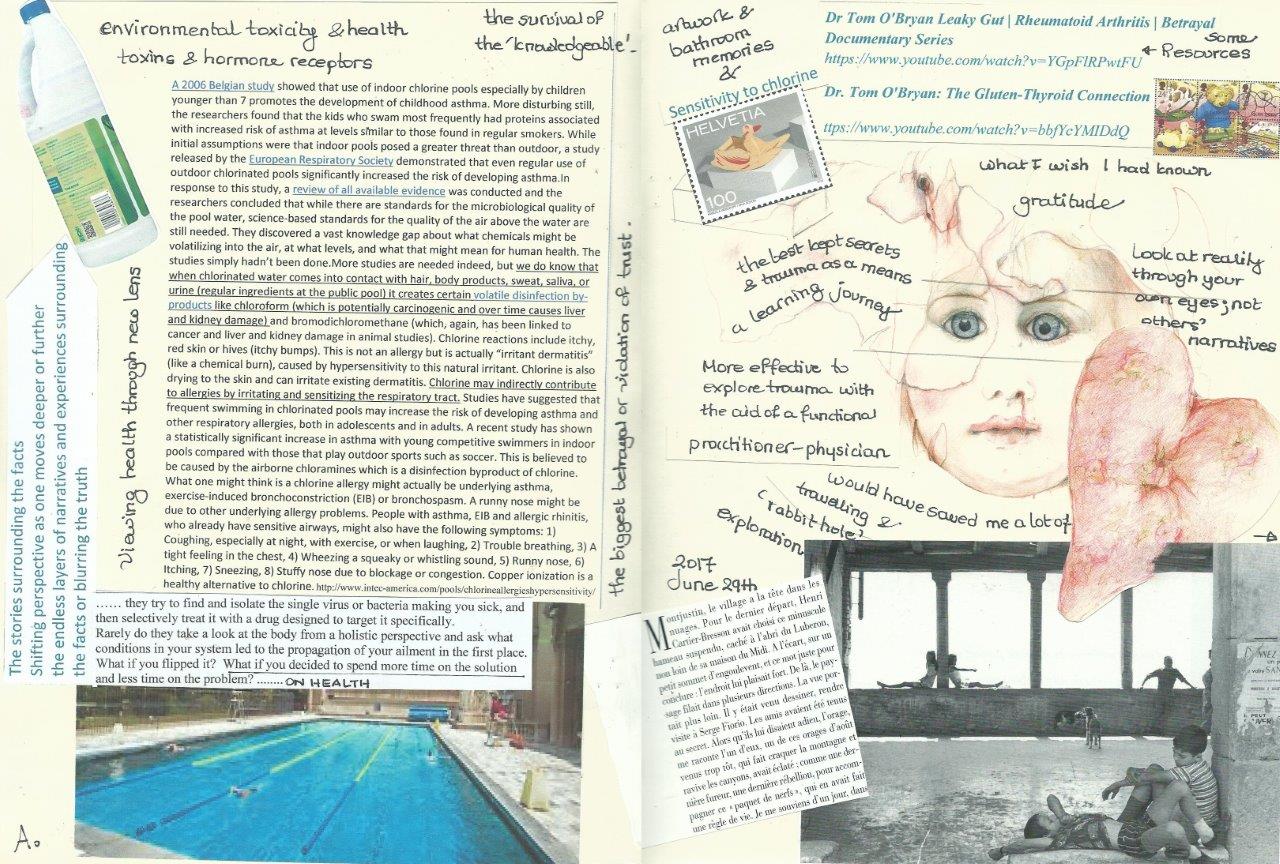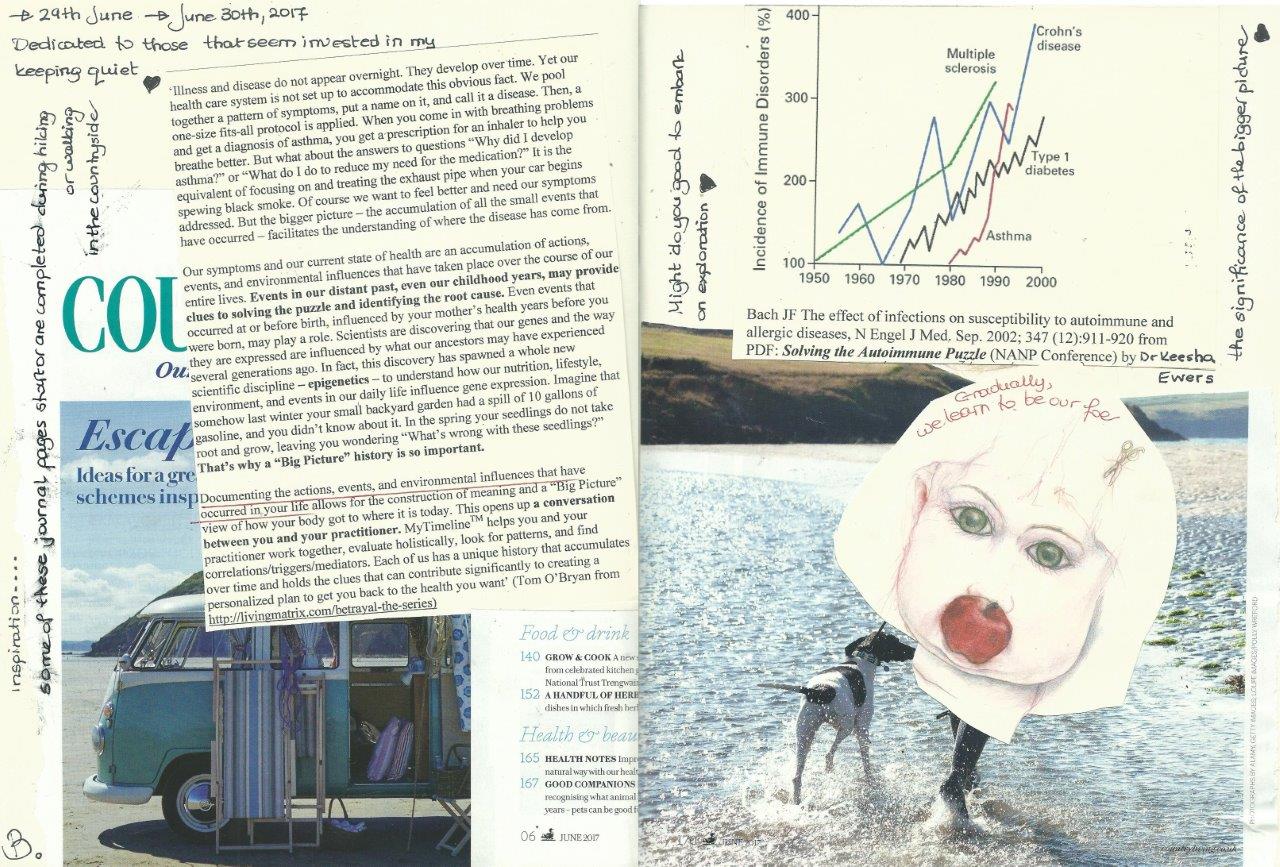Quotes by Agapi Stasinopoulos (Αγάπη Στασινοπούλου):
‘The depth of the ocean is calm, but on the surface there are always waves. If you dive deep into your life, your life can be bliss’
‘If you’re going to live in the anxiety of the surface of this world, you’re never going to find the depth, the source. If you want calmness, you’ve got to go deeper”.
‘We are living in an inspiring and unimaginably large universe. Contemplating the immensity of our cosmos can make you feel very small and insignificant. But think about it. You have 37.2 trillion cells in your body. There is vastness outside you and vastness inside you. You are connected to this mystery, you are a microcosm of the universe, and every aspect of your life benefits from the universe’s provision’
Our body, diet, gratitude, interconnectedness and the kindness of strangers…..
My posts often reflect what I’ve been up to or what has reached me in terms of new information, which I find worth exploring, implementing or sharing with those who may be reading my posts. As I have often written the body holds a lot of knowledge; it stores our experience and it knows our pains and ailments, and therefore, tapping into this source, instead of relying solely or too much on our minds and our stories or the stories of others, and focusing on our sensations or aches can increase insight and understanding and even bring about relief and healing. After all, our whole body is a source of intelligence and we have three brains, the gut, the heart and the one in our skull, but many of us, at least in the Western world, have learnt to ignore the two brains below our head. Read more



